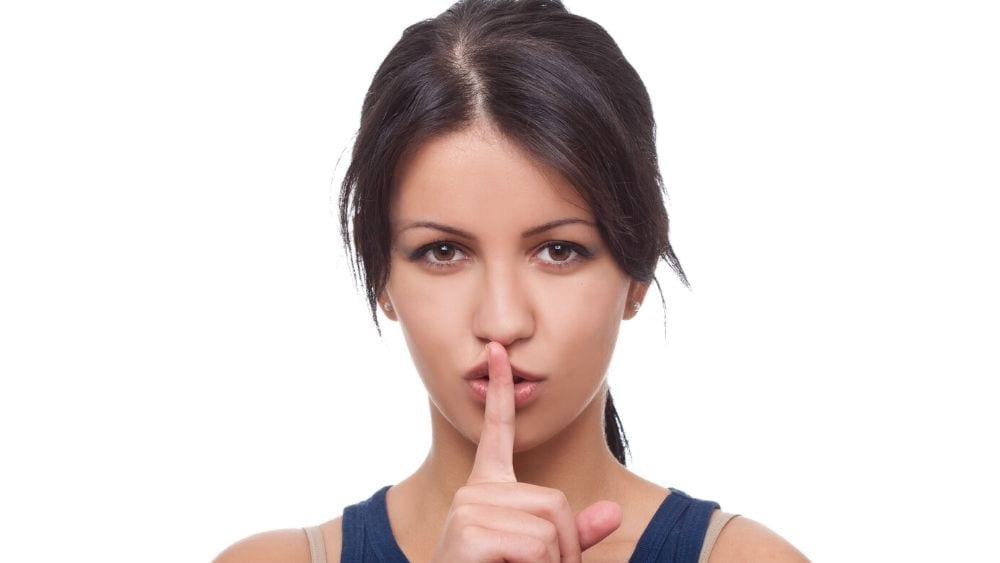Ever wondered what your body is saying when your lips aren’t moving? Explore the fascinating world of gestures in body language and discover how they shape communication in ways words can’t.
Table of Contents
Introduction
Have you ever found yourself in a conversation, nodding along without even realizing it? Or maybe you’ve crossed your arms during a heated debate without intending to appear defensive? Well, that’s the power of body language at work! Our bodies are always sending out signals—whether we mean to or not. Gestures in body language often speak louder than words, and they can make or break how we’re perceived by others. In fact, some studies suggest that a whopping 55% of communication comes from non-verbal cues. But what exactly are these gestures in body language, and how do they influence our daily interactions?
Let’s dive into the world of body language, where gestures take center stage. From the subtle flick of an eyebrow to a full-on wave, each movement can tell a story. Ready to find out what your body’s been saying all along?
What Are Gestures in Body Language?

Body language refers to the non-verbal signals we use to communicate. Gestures, which are a key part of body language, are movements made with any part of the body to express a thought or feeling. You might be using gestures in body language more than you realize, and, shocker—people are interpreting them!
Some common gestures include:
- Handshakes: A strong, firm grip shows confidence, while a weak handshake can convey nervousness or uncertainty.
- Nodding: Nodding up and down typically signals agreement or understanding.
- Crossing Arms: Often seen as a defensive or closed-off posture.
- Eye Contact: Direct eye contact suggests confidence, while avoiding it may be interpreted as insecurity or dishonesty.
These are just the tip of the iceberg! Let’s break down how different types of gestures in body language play a role in shaping the way we communicate.
Types of Gestures
Body language can be complex, but gestures in body language are typically broken down into several categories. Understanding these different types can help you become more aware of what your body is saying—and what others might be communicating without words!
Emblematic Gestures
These are gestures in body language that can be understood without any accompanying words. Think of the classic thumbs-up or the OK sign. Each of these gestures in body language has a culturally defined meaning. But, beware—what’s positive in one culture could be rude in another! For example, the “OK” sign is great in the U.S., but try that in Brazil, and you might get some serious side-eye.
Illustrative Gestures
Ever seen someone use their hands to emphasize a point? That’s an illustrative gesture. These gestures often accompany speech to highlight or clarify what’s being said. For example, if someone says, “The fish I caught was this big,” while spreading their arms wide, that’s an illustrative gesture.
Affective Gestures
These gestures reveal emotions and feelings. Wrinkling your nose, for example, may indicate disgust, while a tight-lipped smile could show you’re holding something back. When words fail, these gestures fill in the emotional gaps.
Regulatory Gestures
These are the gestures we use to control or regulate conversation. Have you ever raised your hand in a meeting when you wanted to speak? Or, maybe you’ve signaled someone to stop talking by subtly raising your palm. These gestures help guide the flow of communication, keeping things smooth and organized.
What Do Specific Gestures Really Mean?

Now that we know the different types of gestures, let’s break down some of the most common ones you encounter daily. Some might surprise you!
Open Palm
An open palm facing upwards can indicate openness, honesty, or submission. It’s often used when asking for something or showing that you have nothing to hide. Think of someone pleading, “Please!” with their palms up.
Pointing
Pointing might seem harmless, but it can come across as accusatory or aggressive, especially if done with force. Pointing during conversations can feel like you’re blaming the other person, so it’s best to avoid it in professional settings!
Touching Your Face
Covering your mouth, scratching your nose, or rubbing your eyes—these might seem like innocent actions, but they can often signal discomfort, nervousness, or dishonesty. Ever wonder why poker players keep their faces in check? Now you know!
Mirroring
When two people “mirror” each other’s gestures, it’s a subconscious sign of rapport. If you’re on a date and notice your companion copying your posture or gestures, it’s a good indicator they’re comfortable around you!
Why Do Gestures Matter?

Why do these small movements make such a big difference in how we’re perceived? Well, the truth is, gestures in body language often bypass our conscious mind and speak directly to our instincts. We may not even be aware that we’re interpreting someone’s body language, but we’re constantly gathering clues about their emotions, intentions, and even credibility.
How Gestures Influence Communication
- First Impressions: Within seconds of meeting someone, we form opinions based on their body language, including their gestures. A firm handshake and solid eye contact can instantly build trust, while slouching and fidgeting can have the opposite effect.
- Emotional Clarity: Sometimes words alone can’t express what we feel. Gestures help fill in the gaps, giving our emotions a physical outlet. Ever notice how people gesture wildly when they’re excited? Or how they tense up when they’re angry?
- Cultural Impact: Gestures in body language vary greatly across cultures. A gesture that’s friendly in one part of the world could be offensive in another. It’s always good to know the local body language rules before traveling!
How to Improve Your Body Language

Want to become a pro at interpreting (and using) gestures in body language? Here are some tips to get you started:
- Pay Attention to Your Posture: Stand tall, keep your shoulders back, and maintain a relaxed but open stance.
- Control Fidgeting: Avoid unnecessary movements like tapping your foot or twirling your hair, which can indicate nervousness.
- Use Gestures Purposefully: When speaking, use hand gestures to emphasize key points, but don’t overdo it.
- Practice Eye Contact: Don’t stare, but maintain steady eye contact to build rapport and show confidence.
- Mirror Positively: Subtly mirror the gestures of the person you’re speaking with to create a connection and show you’re engaged.
Conclusion
Our bodies speak volumes, and gestures in body language are one of the most powerful ways we communicate without words. From a quick nod of approval to a defensive arm-cross, these small, seemingly unconscious movements can reveal what we’re truly thinking and feeling. The more you understand about gestures, the better you’ll be at both interpreting others and sending out the right signals yourself.
So next time you’re in a conversation, take a moment to think about what your body is saying—because chances are, it’s saying a lot!
The Power of Facial Expressions in Body Language
For Video Content: Checkout Our Youtube Channel
FAQs
Q1: Are gestures in body language the same across cultures?
Nope! Gestures can vary wildly across cultures. What might be a friendly gesture in one country could be offensive in another. Always do your homework before traveling abroad.
Q2: Can gestures contradict spoken words?
Yes! Sometimes, what we say and how we gesture don’t match up. For example, saying “I’m fine” while crossing your arms and looking away suggests the opposite.
Q3: Do all gestures mean the same thing?
Not really. Some gestures, like a smile, are universally understood. But others, like the thumbs-up, have different meanings depending on where you are.
Q4: Can gestures improve communication?
Absolutely! Using gestures can emphasize your points, make your speech more dynamic, and help clarify your message.
By: Ardansharma



Pingback: How does posture in body language affect communication?